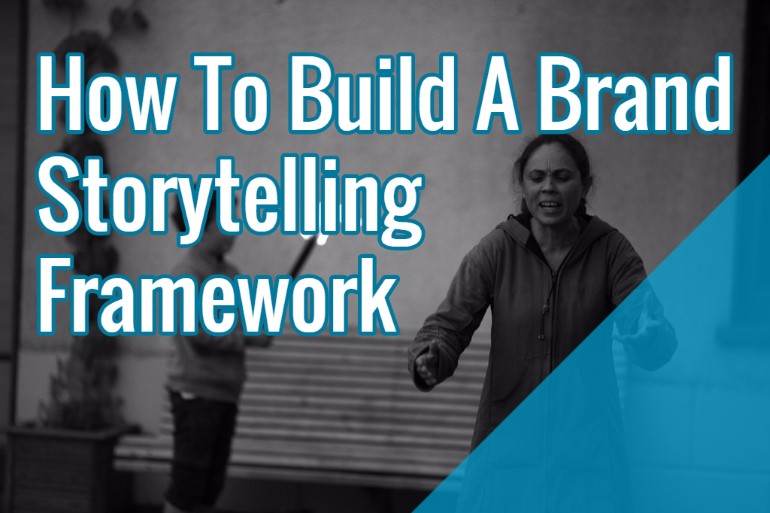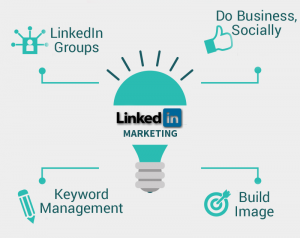
Stories are at the heart of every brand, which is why effective storytelling is crucial for engaging target audiences. Even beyond engagement, it is the most effective way to earn your prospects’ trust, and by extension, their business.
Frank Rose said it best when he explained that “storytelling opens the door for individuals to connect with your brand. People want to merge their identity with something larger.”
When you think about it, this makes perfect sense. Storytelling has always been the most effective way to engage audiences, build relationships and provoke action.
To be clear, storytelling is not advertising. It is also not a hard selling tool. Effective brand storytelling builds strong connections with your prospects and customers, turning them into advocates for your business.
Professional Storytelling Consultant and Trainer, Geoffrey Berwind, once told Forbes that “great leaders recognize that human connections need to go before concepts and strategies: connect first with your prospects, your audiences – then get down to business.”
So, how do you go about getting started with this strategy? How do you leverage stories that not only connect with target audiences, but also compel them to take action?
1. Put Your Audience First
With all of your content and general marketing initiatives, make sure your audience is top of mind at all times. You should always look to entice them at the top of the funnel with content focused on their interests and concerns.
As you nurture prospects and consumers down the funnel, inject more of your brand’s world view and brand messaging into the conversation to get them invested in you and what you have to offer.
Larger businesses have taken this idea to heart. Not only are national brands investing heavily in content marketing, but they are also building brand newsrooms filled with veteran journalists and recent journalism grads.
By taking a journalistic approach to brand content, these businesses are better able to build long-term trust and authority with target audiences.
2. Give Earned Media As Much Attention As Owned And Paid Media
Earned media – and even owned channels -play a big role in purchase decision now that consumers manage more than 80 percent of the purchase journey on their own.
Along the path to purchase, people will get advice from friends, read through reviews and generally exhaust all research options before contacting you directly or clicking through paid ads to learn more about you.
Now that banner ads and other forms of disruptive digital ads are ignored by more than 99 percent of Internet users and blocked by more than 198 million people, storytelling is rapidly becoming the most effective tool for brand building.
Be sure you and your team keep a pulse on social media profiles, review sites like Yelp and even just Google search results. You may be surprised by the kind of “stories” – positive or negative – users are generating for your brand every day.
(To learn more about how the P.O.E.M. strategy work, click here)
3. Build Owned Channels Dedicated To Storytelling
Marketing technology has made it easier than ever before to consistently produce high quality content for your brand. Not only can you outsource content production to writing services, but you can also largely automate content promotion.
By building out blogs, microsites and platforms dedicated exclusively to valuable content for audiences, you are making an investment in long-term business growth.
Although large-scale content marketing initiatives take some time to get off the ground, many brands have proven that this strategy can, and will, drive qualified leads and revenue for any business model.
Example: American Express’ OPEN Forum
Within its website, American Express built a microsite that serves as a content hub with the sole purpose of helping small businesses succeed. Although it continues to serve as an effective brand building initiative, AmEx does not use it as a channel for advertising or branded content distribution. For this reason, many B2B marketers view OPEN Forum as the gold standard for content marketing and storytelling success.
The content strategy powering OPEN Form is straightforward and effective. The platform is largely targeting prospective customers at the top of the funnel, with 75 percent of the content intended for these readers.
Once readers become members they benefit from exclusive, free guides intended to nurture them through the evaluation phase of the funnel. Once they’ve reached the purchase phase, OPEN Forum provides detailed case studies that tip the scale in their favor when the final purchase decision is made.
Takeaways
These days, consumers have the power to choose brand loyalties. You have the choice to define an effective storytelling framework and be the brand they advocate for in the long run.
The content strategies that are most effective or those that use data and audience insights to intentionally build human-to-human (H2H) relationships.
When it comes down to it, effective brand storytelling begins and ends with the creation of content that resonates with your target audiences. Once you have captured a prospect’s attention and made that initial H2H connection, you can begin to inject stories about your brand to nurture that connection toward a profitable opportunity for your business.
Now Read:
- The Simple, Effective Formula That Guarantees You Write Everything Better
- 7 Ways to Work Storytelling into Your Marketing
- 4 Simple Ways To Apply Storytelling To Marketing
Next Steps:
- The Simple, Effective Formula That Guarantees You Write Everything Better
- 7 Ways to Work Storytelling into Your Marketing
- 4 Simple Ways To Apply Storytelling To Marketing
Hand-Picked Related Articles:
- The Simple, Effective Formula That Guarantees You Write Everything Better
- 7 Ways to Work Storytelling into Your Marketing
- 4 Simple Ways To Apply Storytelling To Marketing
* Lead image adapted from Alexandre Dulaunoy
How To Build A Brand Storytelling Framework
The post How To Build A Brand Storytelling Framework appeared first on Search Engine People Blog.
(210)
Report Post




